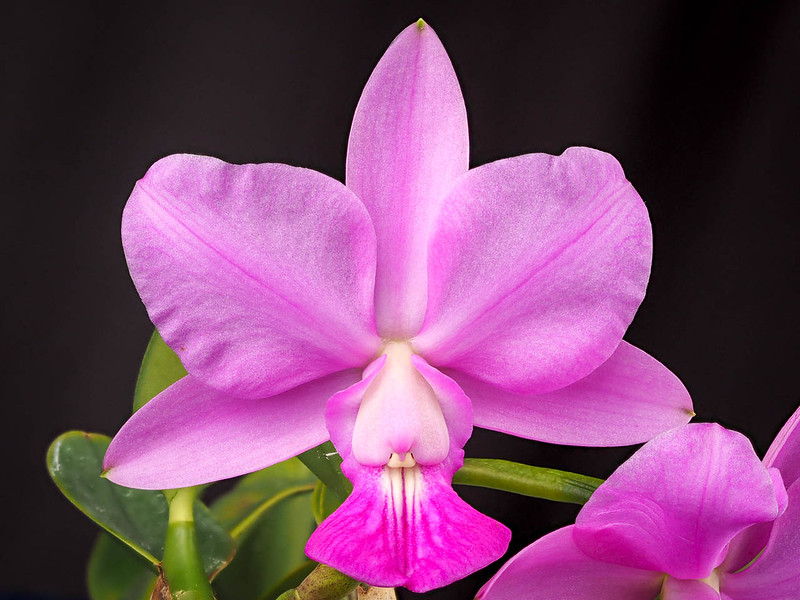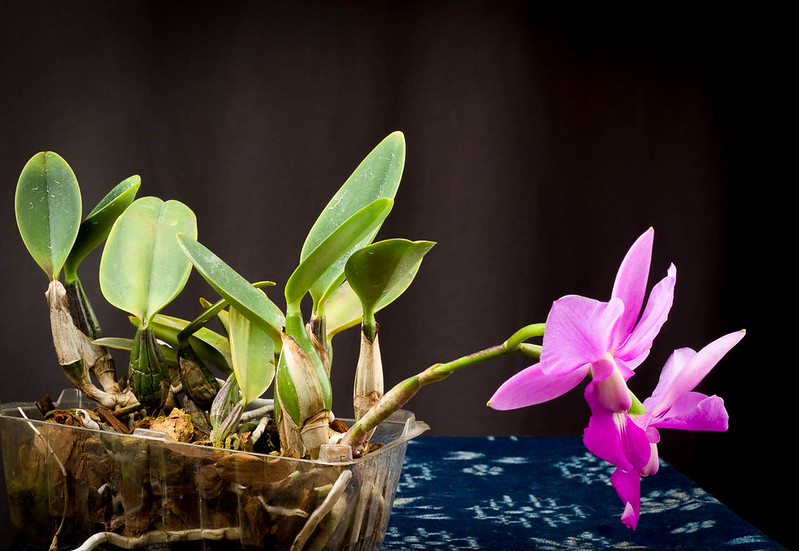
Happy Holidays! The day length around this time of the year is pretty short in Fairbanks, Alaska. Around the winter solstice, we get about 3 hours and 40 minutes. My 6-year-old son started to attend a kindergarten this fall, and he is learning a lot. He recently started to correct my English pronunciation, and "solstice" is one of the words which he corrected my pronunciation! 3 hours and 40 minutes sounds pretty dark for people who haven't lived in high latitudes, but actually we get long twilight, so it is a beautiful time of the year. But many of us get excited that a half of the winter is over, and we will be gaining day light quickly.
 |
| Ice fog in Fairbanks, around the noon, close to the winter solstice. |
There are several Japanese traditions to celebrate the winter solstice. One of them is called Yuzu-yu. We put oranges, called Yuzu (Citrus junos), to the bath. We can't find this particular orange, so we just put normal oranges. My son had fun with them. My family used to say that it will prevent cold. Japanese wikipedia page mentions that there is some scientific evidence that Yuzu-yu increases the blood circulation. Indeed, I did feel warmer after taking the orange bath.

Cattleya walkeriana is a Brazilian species and one of my favorite Cattleya, and I believe that many people would say the same. The plants are relatively small (short) for Cattleya (although it does wonder around quite a bit), but it produces big flowers. There are huge variations in color and shapes of flowers. This one is the typical color (tipo). It has a strong scent, and I can smell it from the next room. Indeed, it is a bit too much for my wife with a very sensitive sense of smell.
I got this C. walkeriana tipo, 'Dona nega' x 'Cambará' from Florália (their item # 7532) in May 2013. This is the first time it bloomed, so it took 4.5 years. I like it! I'm probably not providing the best environment. Maybe the temperature is too low; max/min daily temperature of 29/18C (84/65F) in the summer and 21/13C (70/55F) in the winter. Or the light isn't strong enough (it's getting 150-200 µmol m-2 s-1).

Comments
Post a Comment